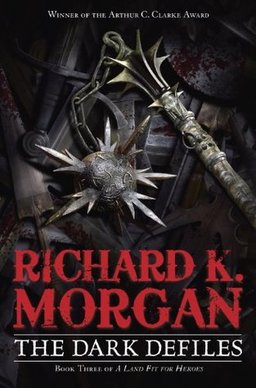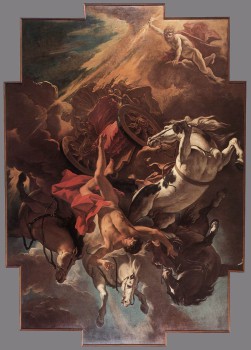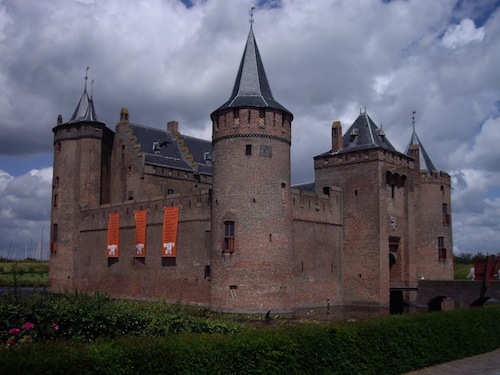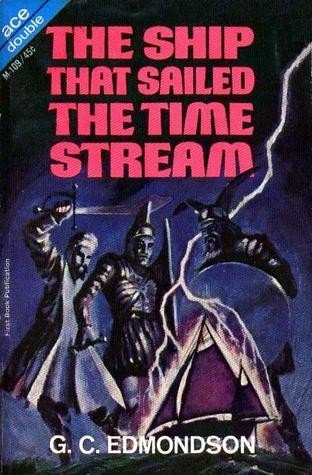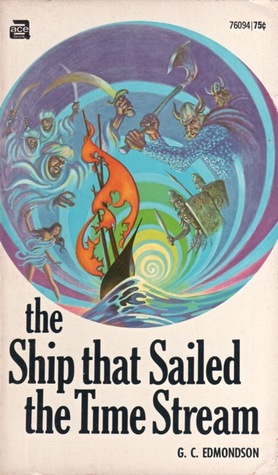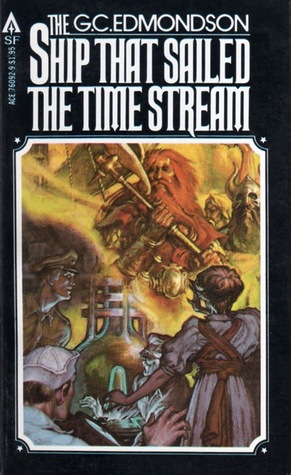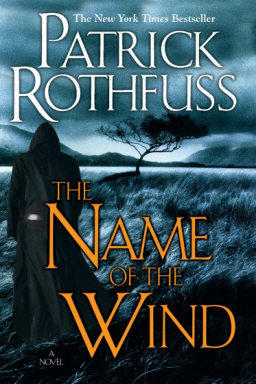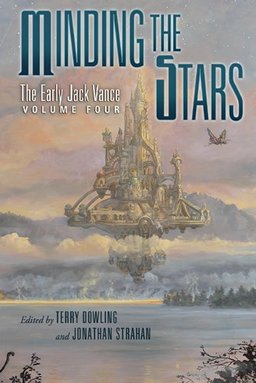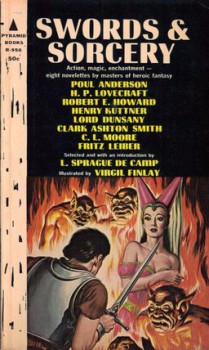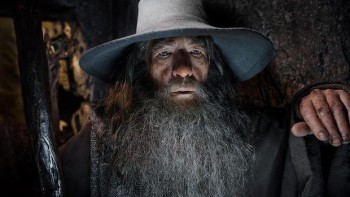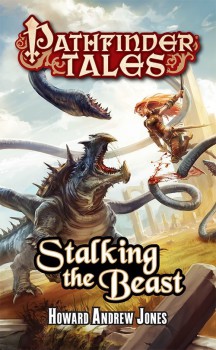See the Teaser Trailer for the Fantastic Four Reboot
I’m a big fan of what Marvel has accomplished with their movie properties, but I didn’t enjoy the two Fantastic Four films. And I really wanted to — Stan Lee and Jack Kirby’s FF was my favorite comic growing up, and I thrilled to the cosmic adventures of Reed Richards, Sue Storm, Johnny Storm and Ben Grimm as they explored the Negative Zone and uncovered countless ancient mysteries (not to mention giant robots, weird alien races, and noble heralds on surf boards.)
But love of the source material only goes so far, and I don’t think the two films were well cast, or captured the true spirit of the comic. As Matthew David Surridge wisely pointed out in his lengthy look at Stan and Jack’s amazing 104-issue run, “The FF are explorers, not crime-fighters or warriors.” So I was pleased to see that — from what little I can puzzle out from the Teaser trailer released yesterday for the new reboot — the new version seems to focus on the explorer aspect of the team. This is from Marvel’s description:
Fantastic Four, a contemporary re-imagining of Marvel’s original and longest-running superhero team, centers on four young outsiders who teleport to an alternate and dangerous universe, which alters their physical form in shocking ways. Their lives irrevocably upended, the team must learn to harness their daunting new abilities and work together to save Earth from a former friend turned enemy.
And here’s peek at the trailer itself. See what you think. Worth looking forward to?
